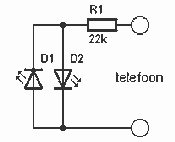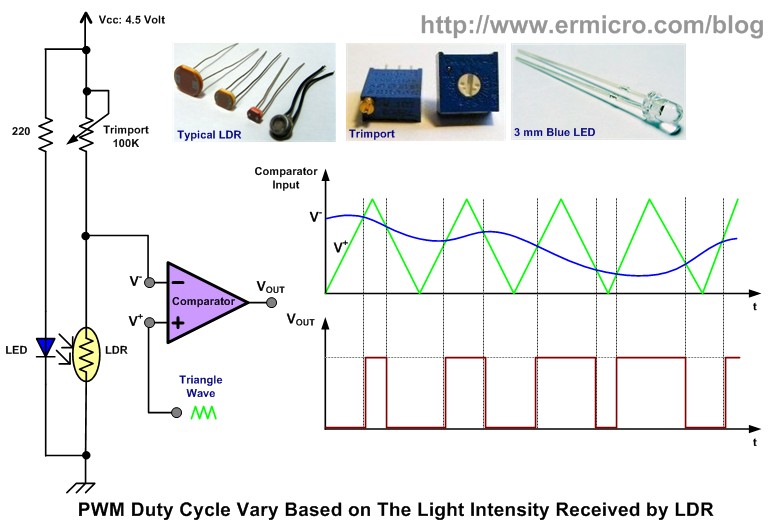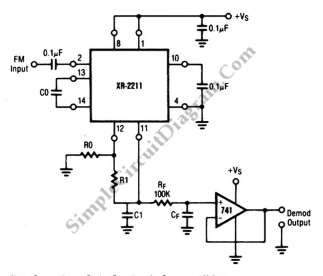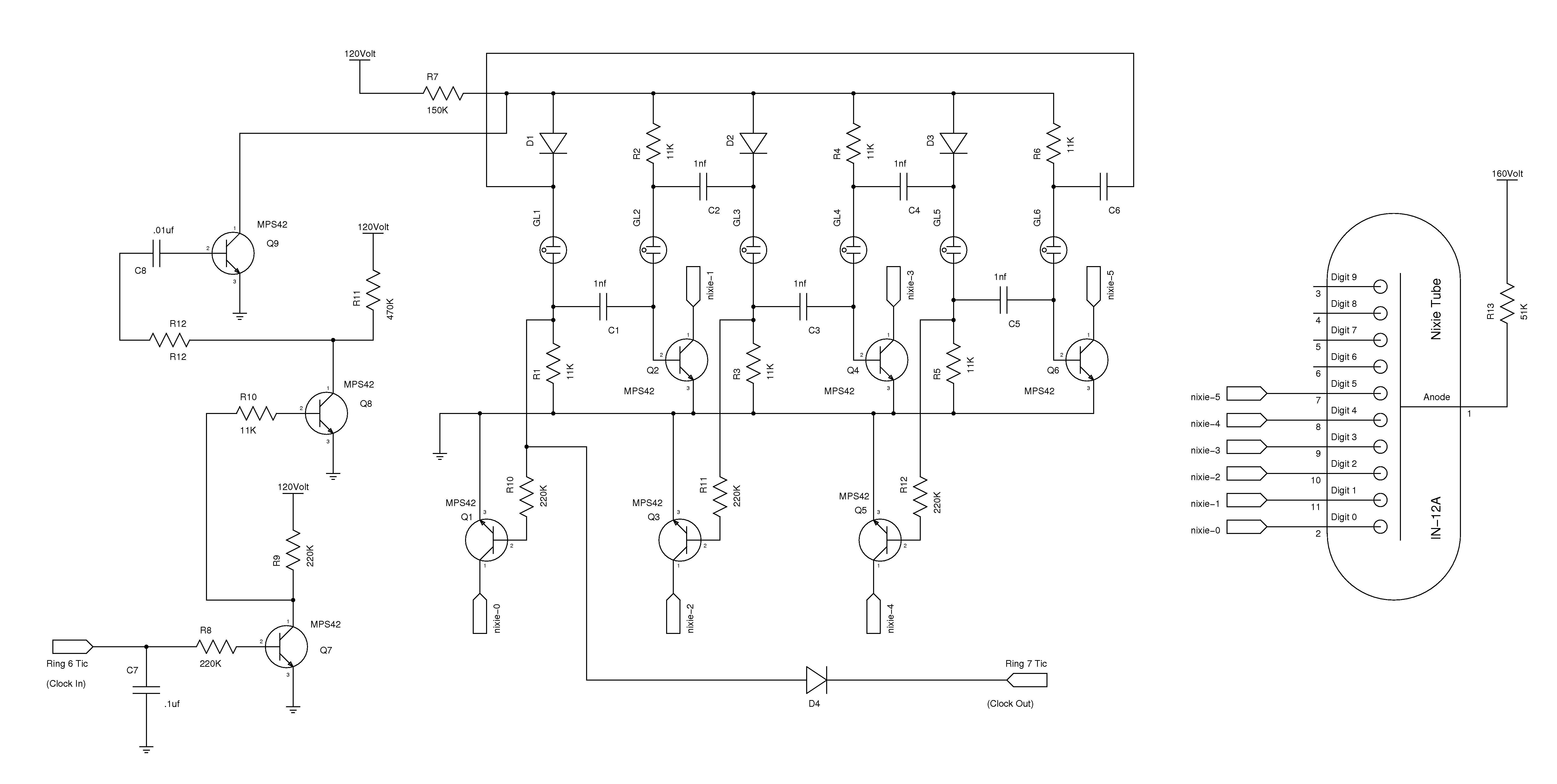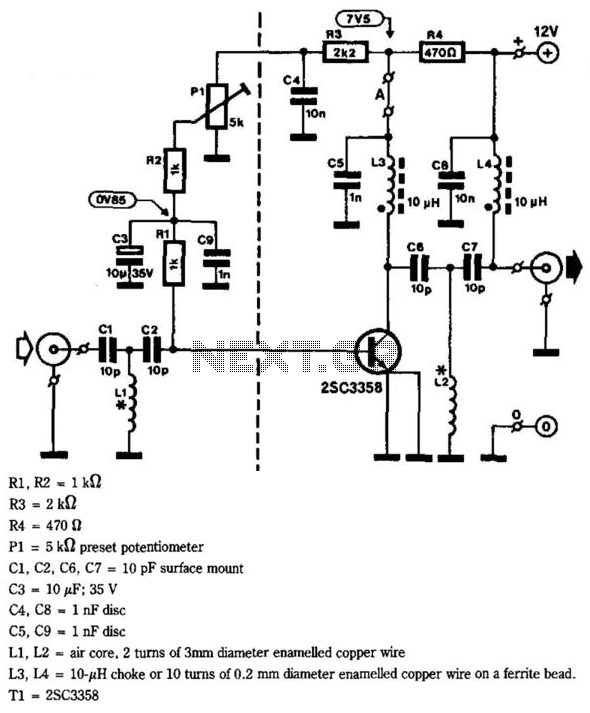
6DJ8 Tube RIAA Phono and Line Preamplifier Schematic
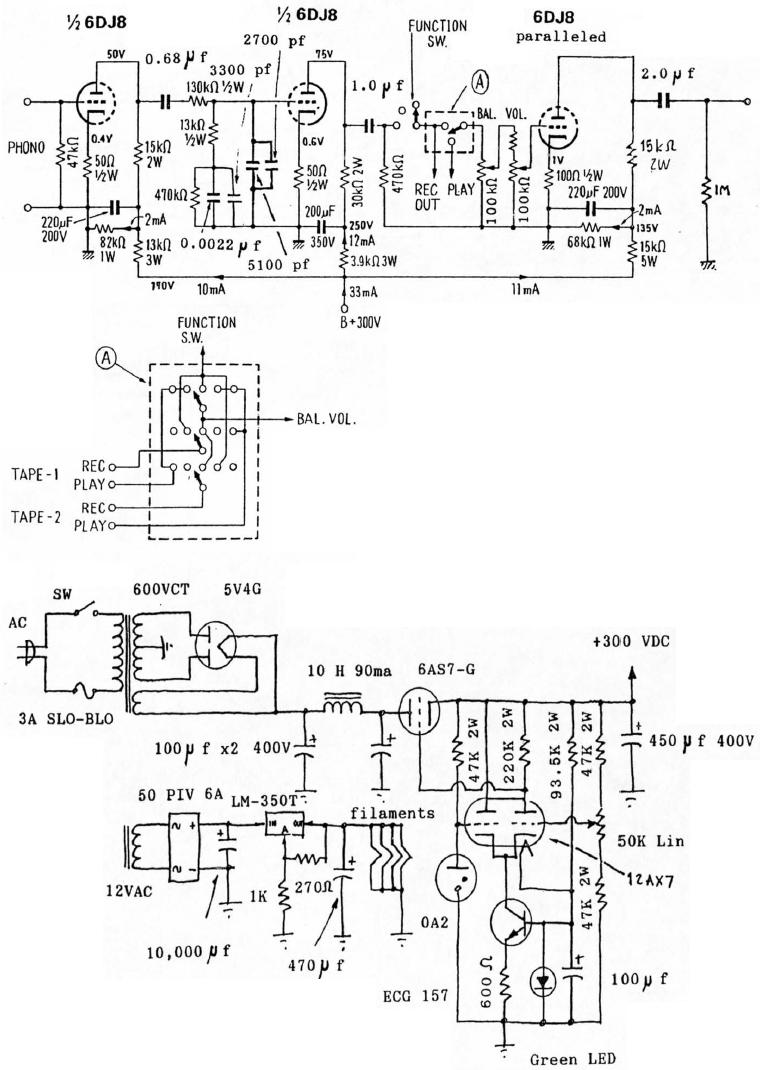
6DJ8 Tube RIAA Phono and Line Preamplifier Schematic. The high-tension (HT) power supply employs tube rectification and regulation.
The 6DJ8 tube RIAA phono and line preamplifier schematic is designed to amplify audio signals from phono cartridges and line-level sources, utilizing the 6DJ8 vacuum tube for its amplification stages. The circuit typically includes a dual triode configuration, with one section dedicated to the phono stage and the other to the line stage, allowing for high-quality sound reproduction while maintaining low noise levels.
The power supply is a critical component of this design, featuring tube rectification and regulation to ensure stable voltage levels necessary for optimal tube operation. The use of tube rectification, often implemented with a rectifier tube such as the 5AR4 or similar, converts the AC voltage from the transformer into DC voltage. This process is essential for providing the high-voltage supply required by the 6DJ8 tubes.
Following the rectification stage, a series of filtering capacitors smooth out the rectified voltage, minimizing ripple and providing a clean power source. Additionally, a voltage regulator circuit may be included to maintain consistent voltage levels, enhancing the performance and reliability of the preamplifier.
The RIAA equalization network is incorporated into the phono stage to ensure that the audio signal is adjusted according to the RIAA curve, which is necessary for proper playback of vinyl records. This network typically consists of resistors and capacitors arranged in a specific configuration to achieve the desired frequency response.
Overall, the design of the 6DJ8 tube RIAA phono and line preamplifier schematic emphasizes high fidelity, low distortion, and the warm, rich sound characteristic of tube amplifiers, making it an excellent choice for audiophiles and music enthusiasts.6DJ8 Tube RIAA Phono and Line Preamplifier Schematic. The HT power supply uses tube rectification and regulation 🔗 External reference
The 6DJ8 tube RIAA phono and line preamplifier schematic is designed to amplify audio signals from phono cartridges and line-level sources, utilizing the 6DJ8 vacuum tube for its amplification stages. The circuit typically includes a dual triode configuration, with one section dedicated to the phono stage and the other to the line stage, allowing for high-quality sound reproduction while maintaining low noise levels.
The power supply is a critical component of this design, featuring tube rectification and regulation to ensure stable voltage levels necessary for optimal tube operation. The use of tube rectification, often implemented with a rectifier tube such as the 5AR4 or similar, converts the AC voltage from the transformer into DC voltage. This process is essential for providing the high-voltage supply required by the 6DJ8 tubes.
Following the rectification stage, a series of filtering capacitors smooth out the rectified voltage, minimizing ripple and providing a clean power source. Additionally, a voltage regulator circuit may be included to maintain consistent voltage levels, enhancing the performance and reliability of the preamplifier.
The RIAA equalization network is incorporated into the phono stage to ensure that the audio signal is adjusted according to the RIAA curve, which is necessary for proper playback of vinyl records. This network typically consists of resistors and capacitors arranged in a specific configuration to achieve the desired frequency response.
Overall, the design of the 6DJ8 tube RIAA phono and line preamplifier schematic emphasizes high fidelity, low distortion, and the warm, rich sound characteristic of tube amplifiers, making it an excellent choice for audiophiles and music enthusiasts.6DJ8 Tube RIAA Phono and Line Preamplifier Schematic. The HT power supply uses tube rectification and regulation 🔗 External reference
